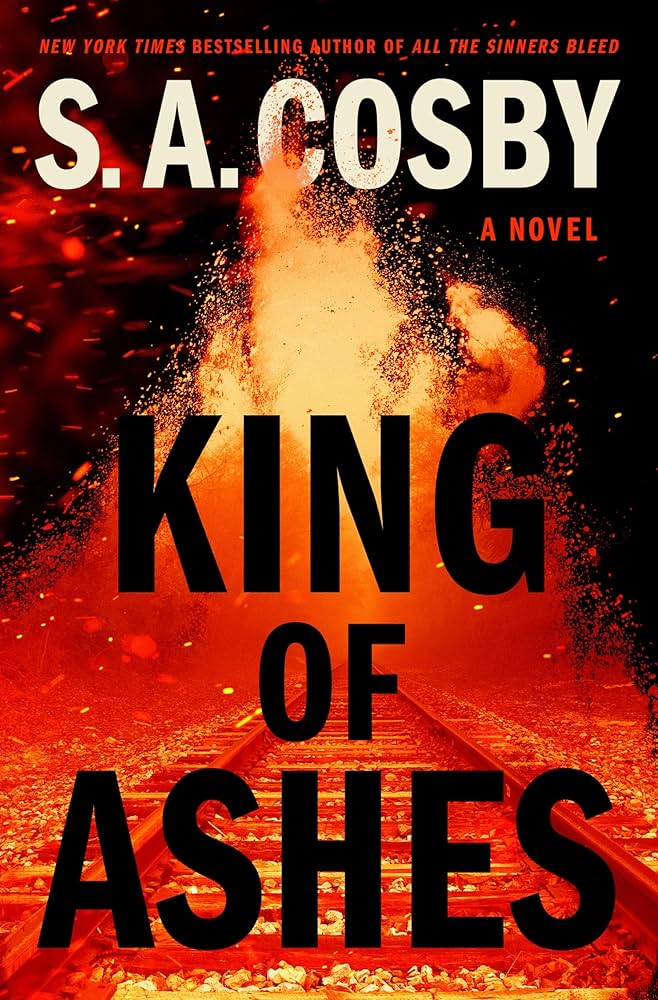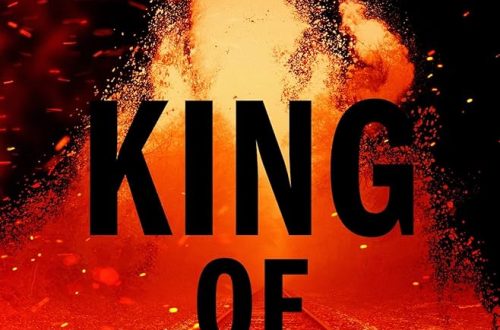In the broken downtown of Jefferson Run Virginia the dark alleyways and vacant storefronts of downtown are overrun by gangs, addicts, prostitutes, and drunks. The Caruthers family runs a crematorium on the edge of town. When the crematory’s aged patriarch falls into a coma following a suspicious automobile accident the three adult children, Roman, Neveah, and Dante, must come to terms with their relationship to the criminal underworld of Jefferson Run. In all likelihood the attack on Dad was meant to send a message.
A central character, however, is the mother of the three children. Before the book’s opening mom disappeared mysteriously. The psychological analysis of the three children is very well done with one exception. They all love their mother a little too much. Not only has she been dead for a decade, but we are reminded of how much they love their mommy seemingly every 35 pages. The sadistic Gilchrist Brothers are wonderful criminal overlords of the city whose characters are also fully developed.
As the three Caruthers fight to maintain the family business, battle the Gilchrist’s goons, their relationship to one another is put through flames as hot as the inside of a cremation chamber. Like all of Crosby’s books this one celebrates the complications of human nature and tendencies within all of us toward both good and evil.

























